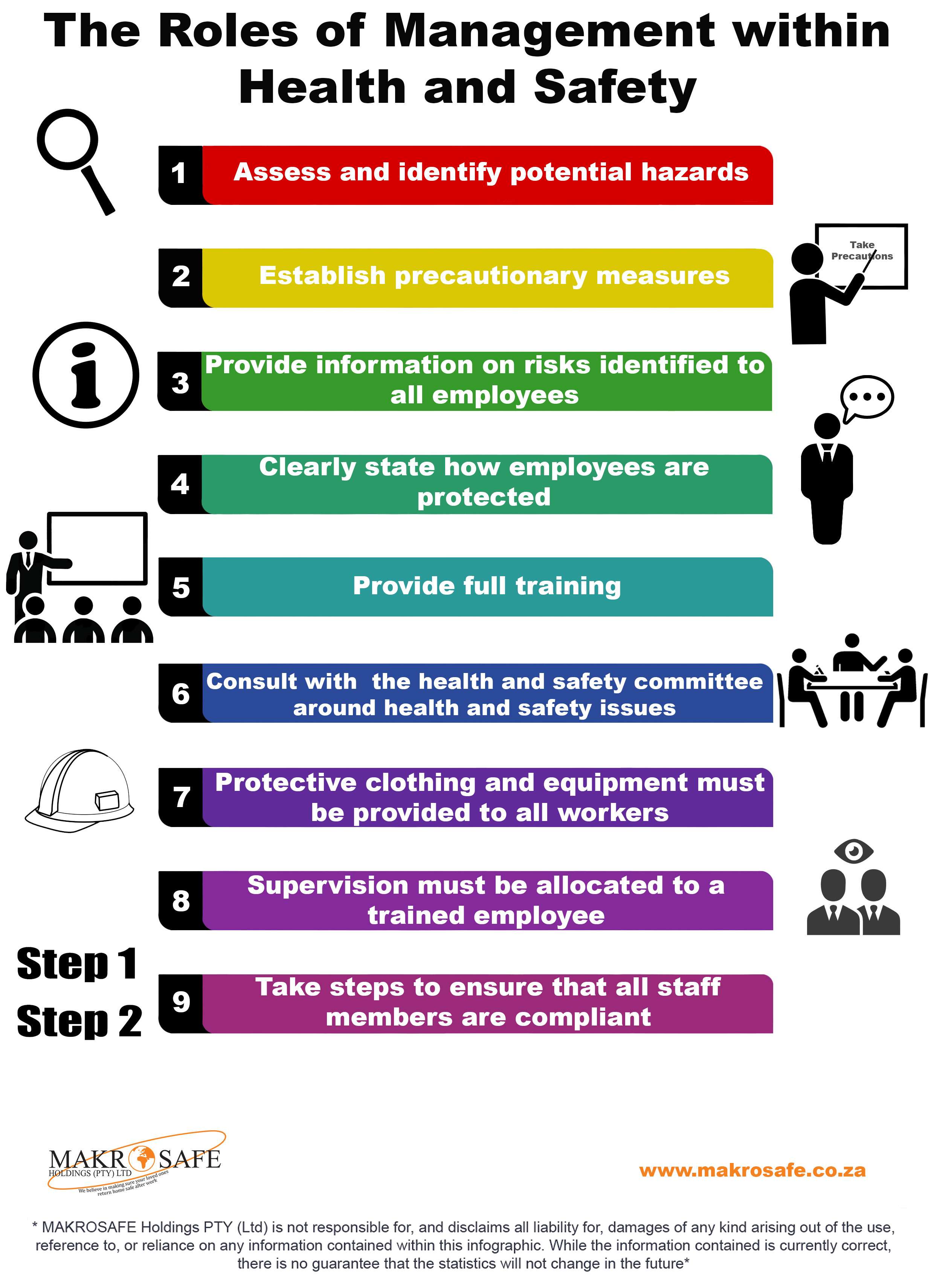
The Roles of Management within Health and Safety
Summary. Non-governmental organizations (NGOs) play important roles in that they: strengthen natural hazard governance through service delivery and humanitarian response; mobilize local actors and work for advocacy, knowledge access, and integration; promote disaster risk reduction (DRR), development, and climate change adaptation (CCA) perspectives; and facilitate calls for transformative.
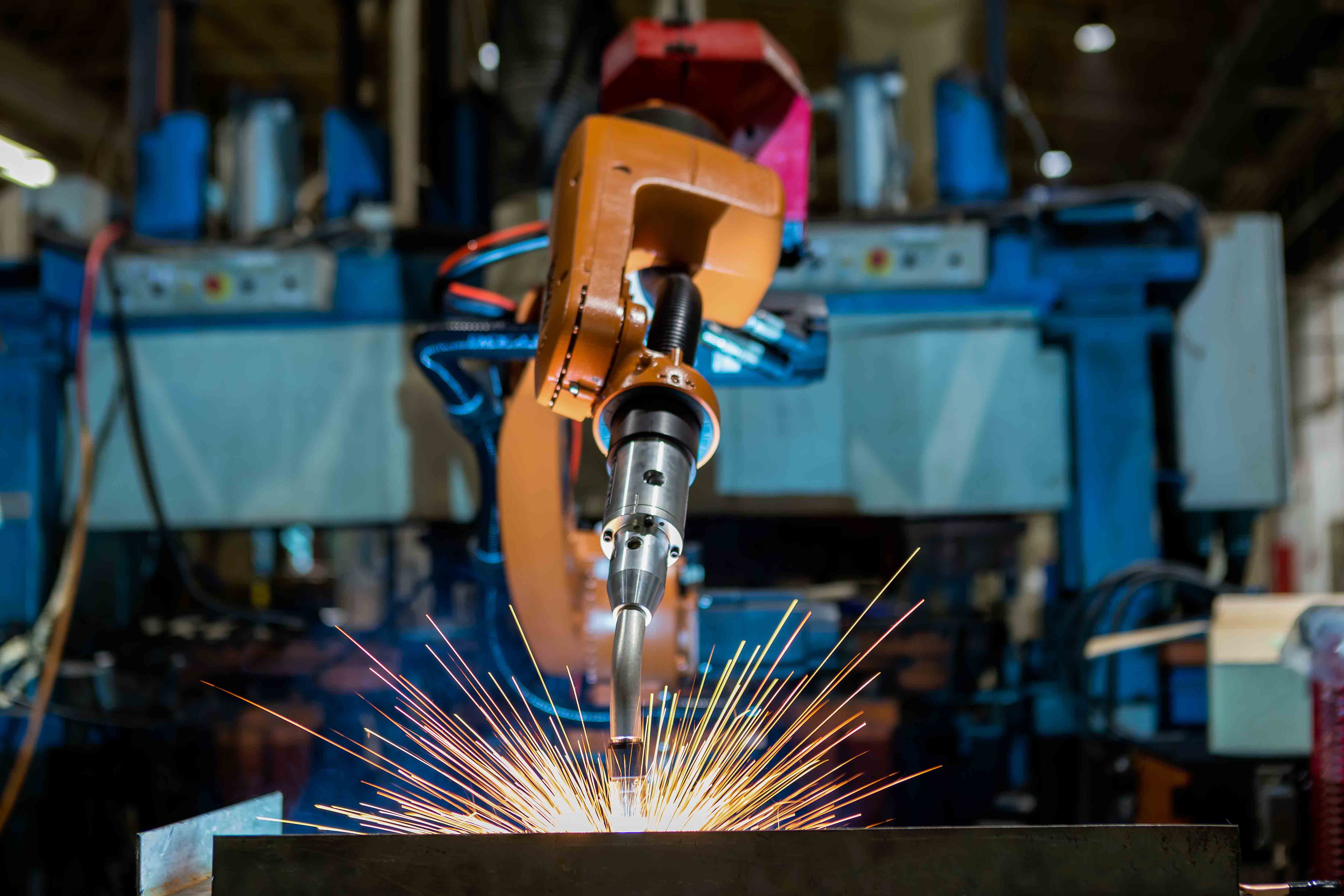
Metalworking Operations Move to Industry 4.0 Grainger KnowHow
US Public Law 480 Title II, Emergency and Private Assistance Programs is a perfect example of a government-NGO partnership whereby international aid response to droughts and food crisis often administered by the US Agency for International Development (USAID) and implemented by private voluntary organizations (USAID's registered PVOs).
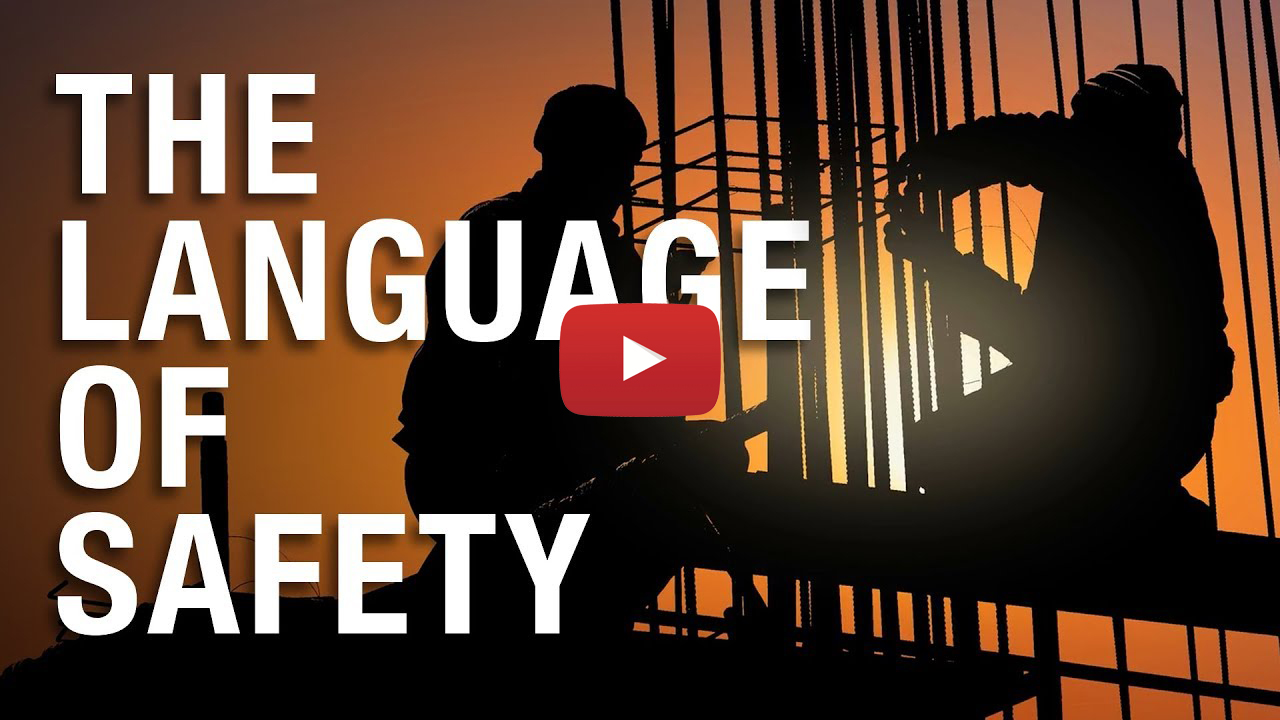
Grainger Environmental, Health & Safety Solution Center Grainger
In 2021, Direct Relief provided over USD 1.6 million in specifically-requested medical supplies and medicine, as well as more than 94 million masks, 31 million gloves, and other PPE. The NGO received USD 1.93 billion in public support and spent USD 1.7 billion on assistance around the world. #13. Action Against Hunger.
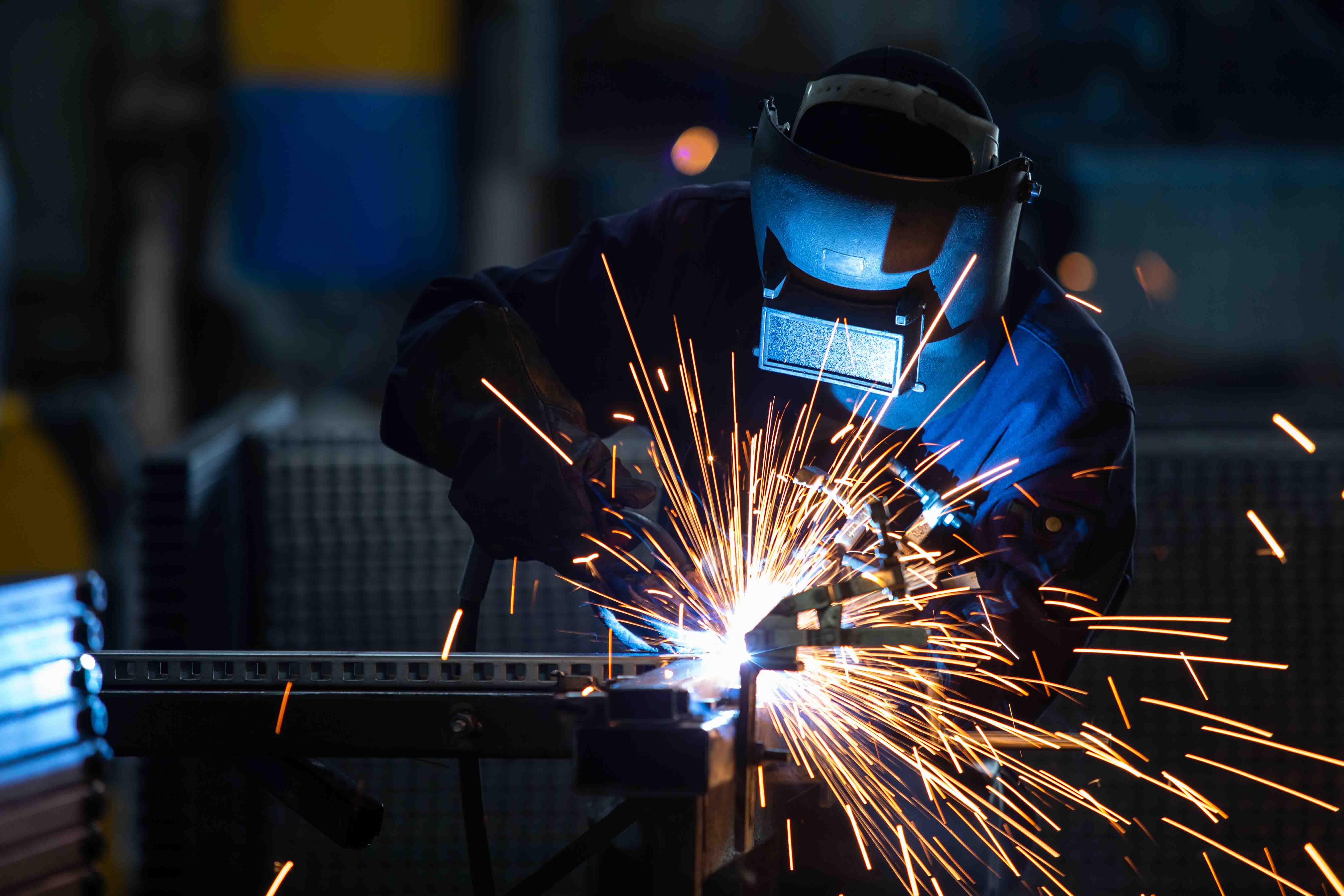
Welding Safety Tips and Guidelines Quick Tips 109 Grainger KnowHow
1910.219 — Mechanical power-transmission apparatus. General requirement 1910.212 (a) (1) states that one or more methods of machine guarding must be used to protect operators and other employees from hazards, including those created by point of operation, in-running nip points, rotating parts, flying chips and sparks.
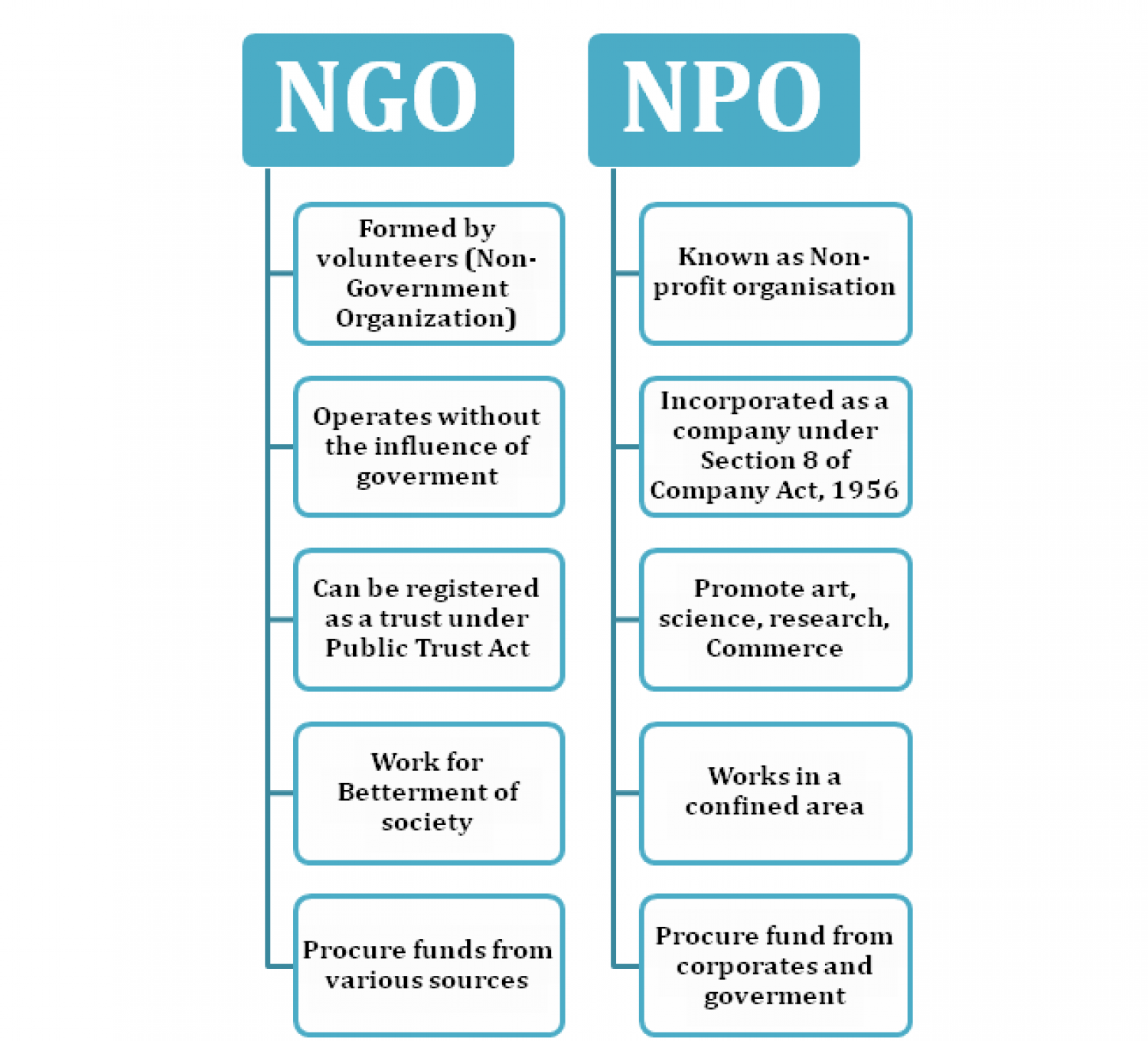
All About NonGovernmental Organization, ngo registration
Non-governmental organizations (NGOs) are recognized as key actors on the landscapes of international development, human rights, humanitarian action, environment, social welfare, and many other areas of public action-from the post-2010 earthquake reconstruction efforts in Haiti, to the 2016 "Museum Without a Home" campaign by Oxfam and.
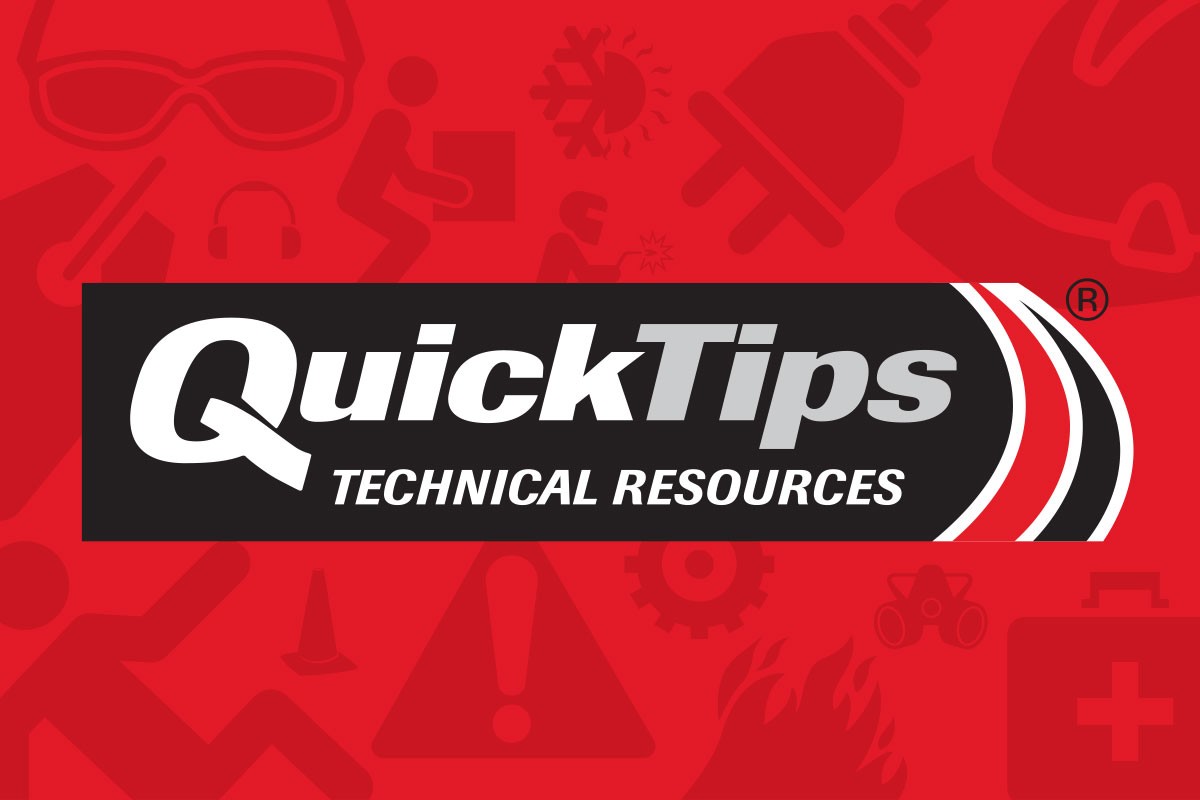
Indoor Air Quality Standards Grainger KnowHow
Eye and face protection requirements are outlined in 29 CFR 1910.133. Employers must ensure that each affected employee: Uses appropriate eye or face protection when exposed to eye or face hazards from flying particles, molten metal, liquid chemicals, acids or caustic liquids, chemical gases or vapors or potentially injurious light radiation.
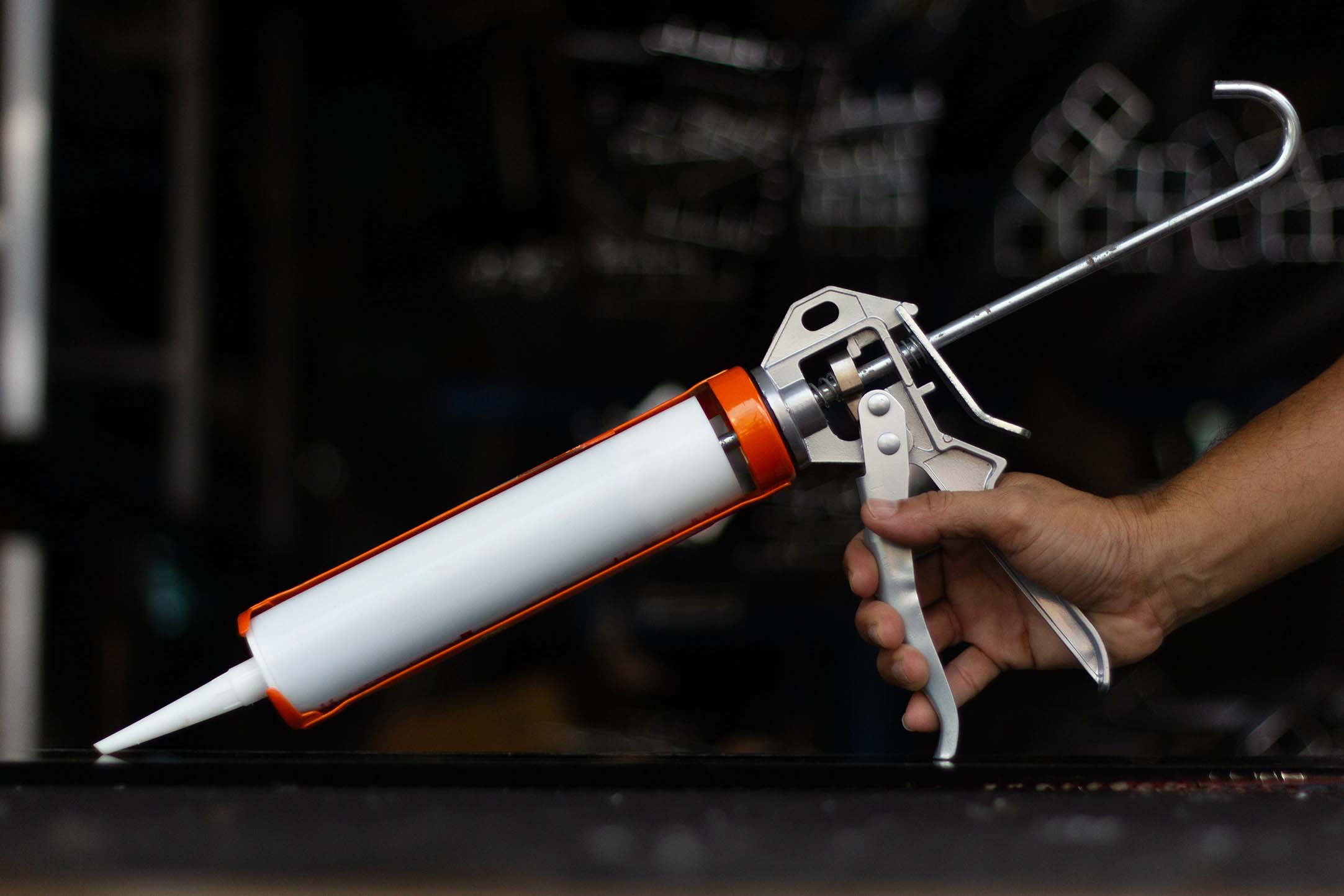
Tips to Choose the Right Adhesive Grainger KnowHow
This data note helps shed light on the role of non-governmental organizations (NGOs) in the U.S. global health response. Using updated data and building on earlier Kaiser Family Foundation reports.

How Color Coding Controls Cross Contamination Hazards Grainger KnowHow
Top 10 OSHA Violations: 2023. OSHA has released preliminary data for the top 10 most-cited standards in fiscal year 2023. Grainger KnowHow is your source for environment, health, and safety (EHS) news, OSHA regulatory changes, tips, resources, and best management practices.

Safety ROI Saving Dollars and Making Sense Grainger KnowHow
Installing solar panels is one of the fastest-growing skilled trades in the US. Learn how two installers went from office jobs to rooftops and found their calling. 9/9/22. Grainger KnowHow features practical and industry-related content for safety, health, metalworking, manufacturing, educational and healthcare professionals.

Quick Tips Technical Resources Grainger KnowHow
Achieved reported operating margin of 9.4%, up 300 basis points; adjusted operating margin of 10.0%, down 75 basis points. Grainger (NYSE: GWW) today reported results for the full year and fourth quarter 2020. For the full year, sales of $11.8 billion increased 2.7%, up 3.5% on an organic, daily, constant currency basis compared to the prior year.

Emergency Response Grainger KnowHow
May 17, 2021. This white paper provides several examples of infrastructure and service dependencies that public safety agencies might have on non-agency entities. For example, agencies readily rely on commercial vendors for subscriber units or on commercial utilities for power supply. Just like the agencies, these contracted entities can be.
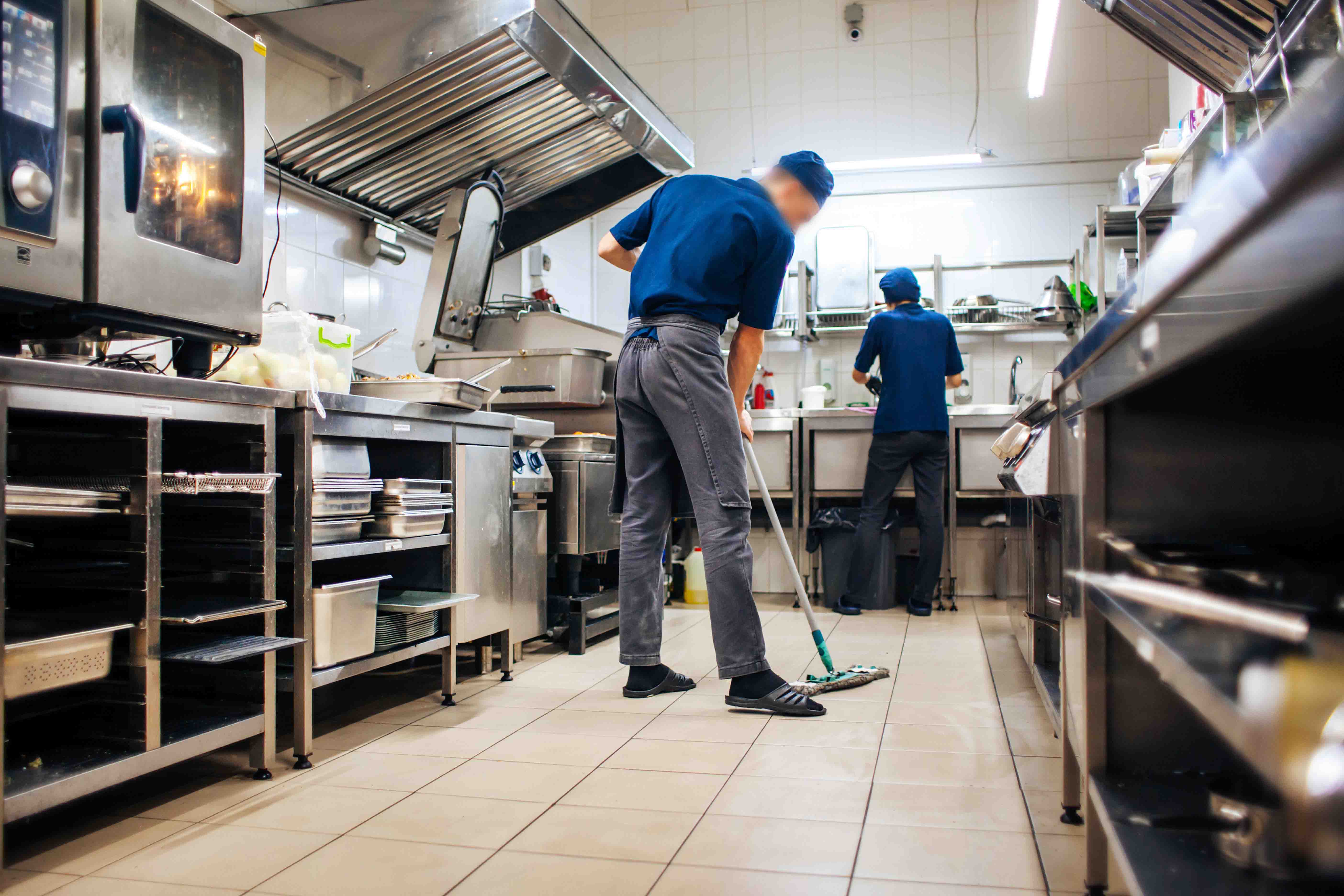
Kitchen Safety Tips Infographic Grainger KnowHow
1. Introduction. International Nongovernmental Organizations (INGOs) have extended their role in supporting public health around the world. Large-scale pandemics or epidemics, such as H1N1, Ebola, or Zika, have been major threats to human security and public health [].The growing frequency and impact of such large-scale diseases have often strained national governments' response capacities.
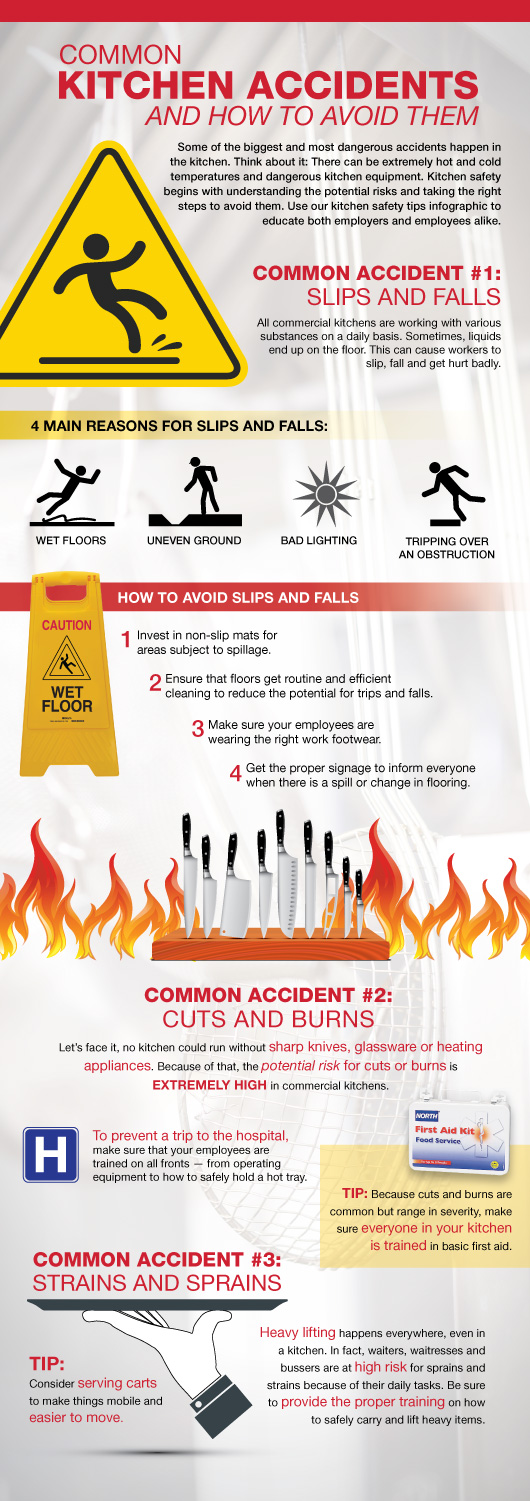
Kitchen Safety Tips Infographic Grainger Industrial Supply
A European Agency for Safety and Health at Work was established in Bilbao (Spain) as a specialized body of the European Union. International Non-governmental Organizations. Scientific, professional and other groups also felt the need to develop international cooperation and join in international non-governmental organizations.

Safety Management Grainger KnowHow
Access to HIV services at non-governmental and community-based organisations among men who have sex with men (MSM) in Cameroon: an integrated biological and behavioral surveillance analysis. PLoS One. 2015; 10 (4):e0122881. doi: 10.1371/journal.pone.0122881. [PMC free article] [Google Scholar]

List of Top 10 Non Governmental Organizations in USA
QUICK TIPS. Quick Tips Technical Resources provide information you can use to help make informed decisions about a variety of workplace safety issues. Browse hundreds of articles to help keep your workers safe. Quick Tips Technical Resources.

PPE in the Workplace Articles OSHA Compliant Tips To Keep Your
The Occupational Safety and Health Administration's (OSHA's) recordkeeping requirements in place since 1971 ( 29 Code of Federal Regulations CFR Part 1904) are designed to help employers recognize workplace hazards and correct hazardous conditions by keeping track of work-related injuries and illnesses and their causes.